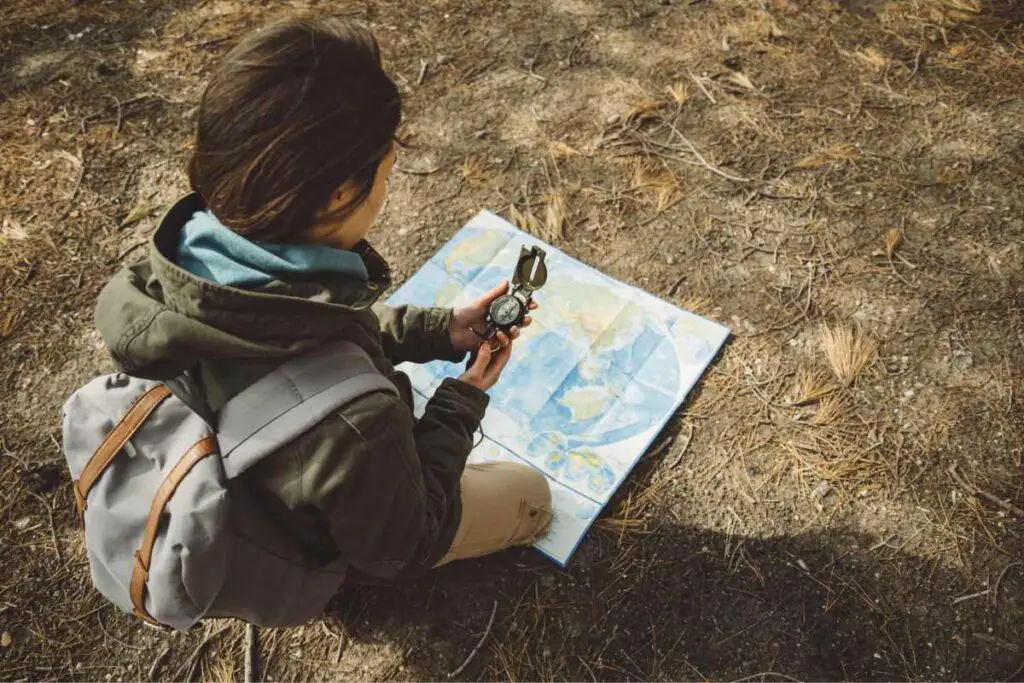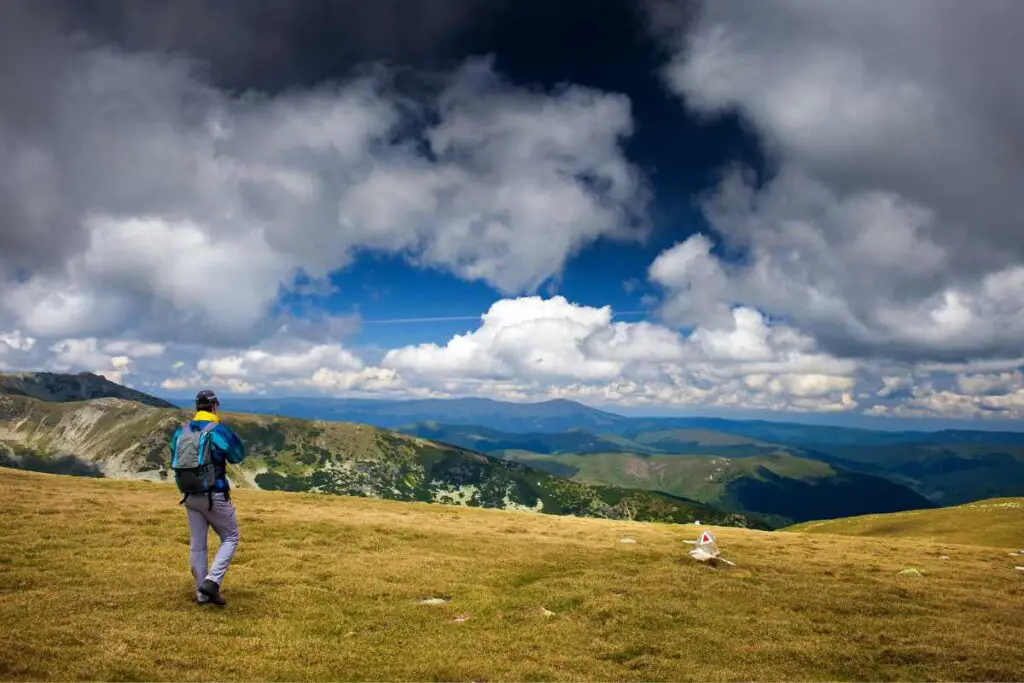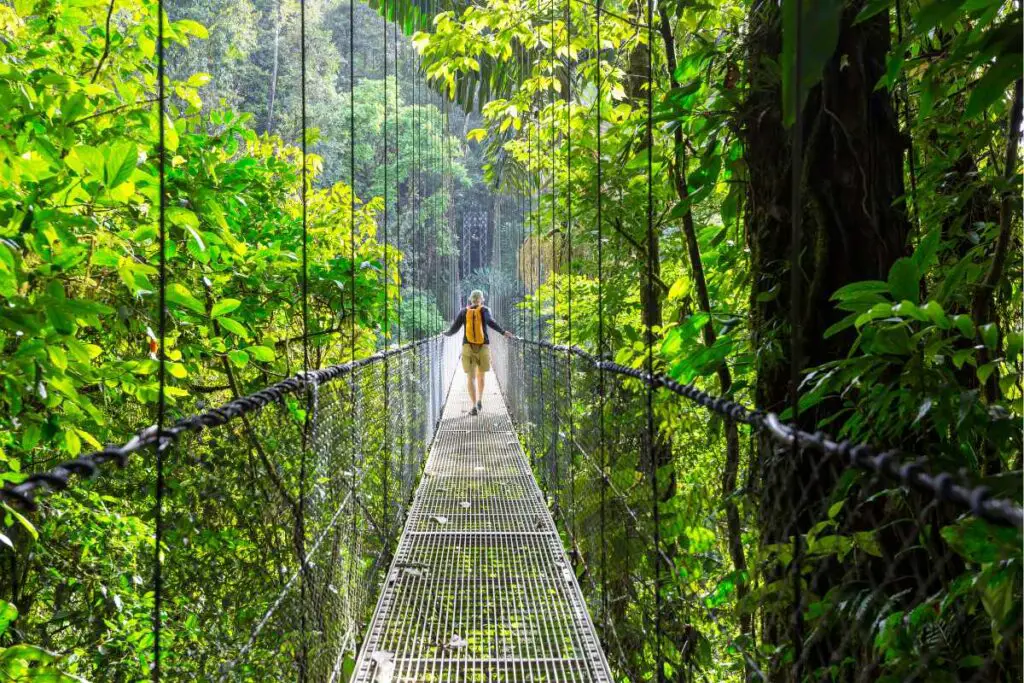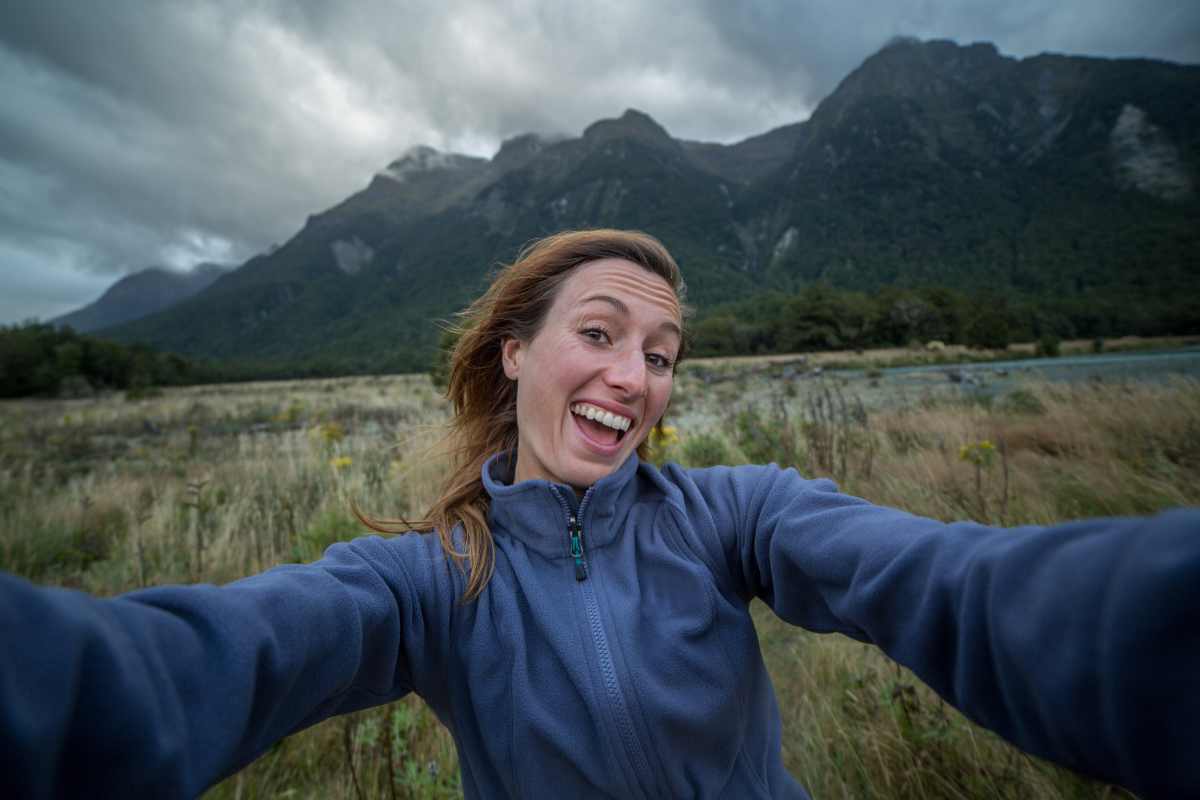Venturing into the wilderness alone can be a rejuvenating experience. Hiking solo affords you the quiet and solitude that can help clear your mind and offer a unique kind of peace not always found in the company of others.
It allows you to move at your own pace, focus on your personal goals, and connect with nature on a deeper level.
Embracing the trail by yourself can also boost your self-reliance and problem-solving skills, as you are the sole decision-maker and must rely on your own resources.
However, safety is a fundamental concern when it comes to hiking alone. Before setting out, it’s essential to be aware of and prepare for the innate risks that come with solitude.
Proper planning, letting someone know your itinerary, checking weather conditions, and knowing the terrain are critical precautionary steps.
Being equipped with the right gear for navigation and emergencies, and having a clear understanding of your physical limits, are also vital to ensuring a safe solo hike.
Enjoying the allure of a solo hike starts with respect for the natural environment and an awareness of the potential dangers.
Preparing for Your Solo Hike

Embarking on a solo hike requires careful preparation to ensure safety and enjoyment.
Your pre-hike planning should be comprehensive, addressing potential risks, trail selection, weather conditions, and all necessary gear.
Understanding the Risks
Before you set out alone, acknowledge the inherent risks of solo hiking, which include injury, getting lost, and wildlife encounters.
By understanding these risks, you can prepare accordingly. It’s crucial to inform someone about your hiking plan and expected return time.
Selecting the Right Trail
Choose a trail that matches your skill level and experience. Research the trail difficulty, terrain, distance, and estimated completion time.
Prefer well-marked trails and check if the area is known for reliable cell service, in case emergency communication is needed.
Weather Considerations
Always check the weather forecast before departure. Changing weather can impact trail conditions, visibility, and safety.
If severe weather is predicted, it may be wise to postpone your hike. Be ready for the possibility of sudden weather changes by packing appropriate clothing.
Packing the Essentials
Your backpack should include:
- Food: High-energy, lightweight snacks and meals.
- Water: Adequate supply, plus purification tools.
- Clothing: Layered, moisture-wicking attire suitable for the weather.
- Navigation: A hiking GPS, physical map, and compass.
- Illumination: A headlamp with extra batteries.
- First Aid Kit: A well-stocked kit for emergencies.
- Emergency Items: Whistle, fire-starting tools, and a thermal blanket.
- Power Bank: For keeping your phone and GPS charged.
- Footwear: Durable hiking boots for the conditions you’ll encounter.
This checklist ensures you have the essentials needed for a safe and enjoyable solo hike.
Navigation and Safety

When hiking alone, it’s crucial to have a reliable means of navigation and to be informed about potential wildlife encounters.
Understanding how to use navigation tools and remaining aware of your surroundings can prevent you from getting lost and can keep you safe from wild animals.
Using a GPS and Physical Maps
Your primary navigation tools should be a GPS device and physical maps. A GPS is invaluable for tracking your exact location, but it’s imperative that you don’t rely on it solely.
Always carry a physical map and compass as backups. Before you set out:
- Learn how to read a topographic map.
- Ensure your GPS is fully charged and consider carrying extra batteries.
- Familiarize yourself with the area using the map and plan your route.
Staying on the Trail
To minimize the risk of getting lost, stick to well-marked trails and resist the temptation to explore off-path.
Here are some tips for staying on the trail:
- Follow the blazes or trail markers.
- Keep an eye on recognizable landmarks.
- If you’re unsure, retrace your steps to the last known marker.
Wildlife Awareness
Awareness of the local wildlife, including bears and poisonous snakes, is essential for your safety.
Take the following precautions:
- Learn about the wildlife you might encounter in the area before your hike.
- Make noise or wear a bear bell to prevent surprising bears.
- Watch your step and hands, especially in areas where snakes might be present.
- Carry bear spray as a precaution in bear country and know how to use it.
By combining knowledge of your environment with these safety practices, you can enjoy the solitude of a solo hike without compromising your safety.
Find out 🐍 Will Snakes Cross a Rope?
Self-Reliance and Decision Making

In solo hiking, your safety hinges on the ability to assess your capabilities accurately and make sound decisions, especially when you face the unexpected.
Knowing Your Limits
Understand your physical and mental boundaries before embarking on a solo hike.
Be honest with yourself about your fitness level, experience, and skill set. For instance, if you’re prone to injuries or have experienced altitude sickness in the past, taking on a challenging high-elevation trail might not be wise.
Always start with trails within your comfort zone and progressively take on more difficulty as you gain confidence and experience.
- Assess fitness level: Regularly evaluate your endurance and strength.
- Consider past experiences: Reflect on how you’ve managed previous hikes.
- Listen to your body: Be mindful of signs of fatigue or injury.
Handling Emergencies
Prepare for emergencies by carrying a well-stocked first aid kit and knowing how to use it.
Learn basic first aid skills, such as how to treat sprains, cuts, or falls. Familiarize yourself with the symptoms of common trail ailments such as altitude sickness and hypothermia.
Develop a plan for what to do if you get lost, including who to contact and how.
- First Aid Kit: Include bandages, antiseptic, splints, and medication.
- Skills training: Consider taking a wilderness medicine course.
- Emergency contacts: Have a list of local emergency numbers.
When to Turn Back
Recognizing when to end a hike is crucial. If you encounter hazardous weather, feel unwell, or sustain an injury, it’s important to err on the side of caution and retreat.
Prioritize your safety over reaching the destination.
Weather conditions can worsen rapidly, and what seemed like a minor injury may become debilitating with continued strain.
- Monitor conditions: Keep a close eye on weather changes and trail conditions.
- Trust your intuition: If something feels off, don’t hesitate to turn around.
- Safety first: No goal is worth the risk of severe injury or getting stranded.
Essential Gear and Clothing
When setting out on a solo hike, the right gear and clothing can make all the difference in your comfort and safety.
It’s crucial to equip yourself properly for weather conditions and unexpected emergencies.
Choosing the Right Clothing
For a successful hike, prioritize clothing that will protect you from the elements while keeping you comfortable.
- Hat: A wide-brimmed hat for sun protection or a thermal beanie for cold conditions.
- Gloves: Lightweight gloves can prevent sunburn or provide warmth in colder weather.
- Tops: Layer your clothing so you can adapt to changing temperatures. Start with a moisture-wicking base layer, add an insulating mid-layer, and finish with a waterproof and breathable outer layer.
Remember, the goal is to regulate your body temperature and protect your skin from sunburn and insects.
Read next – Best hiking hats for men and hats for women.
Safety and Emergency Gear
Safety should never be compromised.
Your pack should include items to help you navigate and signal for help if necessary.
- Bear Spray/Pepper Spray: In areas where wildlife is a concern, carry bear spray or pepper spray for protection.
- Emergency Gear

Essential items include:
- First Aid Kit: Stocked with supplies to manage minor injuries.
- Map and Compass/GPS: Even if your phone has GPS, bring a physical map and compass.
- Multi-tool: For making gear repairs or first aid.
- Whistle: To signal for help.
- Headlamp: With extra batteries.
- Extra Food and Water: More than you think you’ll need.
Be knowledgeable about how to use each of these items before you hit the trail. Ensuring your safety gear is within easy reach can make a significant difference in an emergency.
After the Hike: Reflecting and Sharing
Once your solo hike is complete, it’s important to document what you’ve learned and to share your experiences.
This process not only contributes to your personal growth but also benefits the hiking community.
Documenting Your Journey
Logging your hike is pivotal in capturing the essence of your adventure. Start by:
- Taking notes: Jot down key observations you made during your hike, including trail conditions and wildlife sightings.
- Photographs: Include images you took, particularly of trail markings and scenic views, to remember the route for future reference.
- Environmental consideration: Document areas where human impact is evident and consider how the “leave no trace” principles were maintained during your journey.
This record acts as a personal archive and a guide for adjustments on future hikes, promoting flexibility and the opportunity to hone your skills.
Learning from Experience
After each hike, take time to reflect on what the experience taught you:
- Skills Improved: List new skills acquired or existing skills you’ve enhanced, such as navigation or endurance.
- Challenges Overcome: Identify challenges faced during the hike and how you tackled them, helping prepare for similar situations in the future.
Sharing your experience with others is highly valuable.
Post your journey online or join a hiking community to advise peers, provide trail updates, and encourage safe and conscientious solo hiking practices.
Through sharing, you foster a culture of preparedness and continuous learning among fellow outdoor enthusiasts.
Frequently Asked Questions

When hiking alone, your safety largely depends on preparation and the right gear. Here are specific answers to common concerns that solo hikers often face.
What essential gear should one carry when hiking alone?
You should pack navigation tools, extra water, a first-aid kit, extra food, rain gear, a fire starter, a whistle, a flashlight or headlamp, and sun protection. These items address basic survival needs in case of an emergency.
How can women increase their safety while hiking solo?
Women hiking alone can enhance their safety by choosing popular and well-marked trails, sharing their itinerary with someone they trust, carrying a safety whistle, and considering self-defense classes or carrying pepper spray where legal.
What are some safety tips for someone planning a solo hike in unfamiliar terrain?
Familiarize yourself with the area through maps, guides, and local trail updates. Start with shorter hikes to gauge the terrain. Ensure you have the skills necessary to navigate and survive in the terrain you are exploring.
What precautions should be taken when thru-hiking alone?
For long-distance solo hikes, regularly check in with designated contacts, resupply more frequently to keep your pack lighter, be cautious with weather changes, and have a flexible plan to exit the trail if necessary.
In what ways can solo hikers prepare for emergencies on the trail?
Learn first aid, know how to use the gear you carry, have a plan for obtaining clean water, and carry an emergency shelter. A personal locator beacon (PLB) or a satellite messenger can be vital in a serious emergency.
How can hikers mitigate the risks associated with hiking alone?
Choose trails within your ability level, inform others of your plans, stay aware of your surroundings, adjust your plan according to the weather, and trust your instincts when it comes to safety decisions on the trail.






